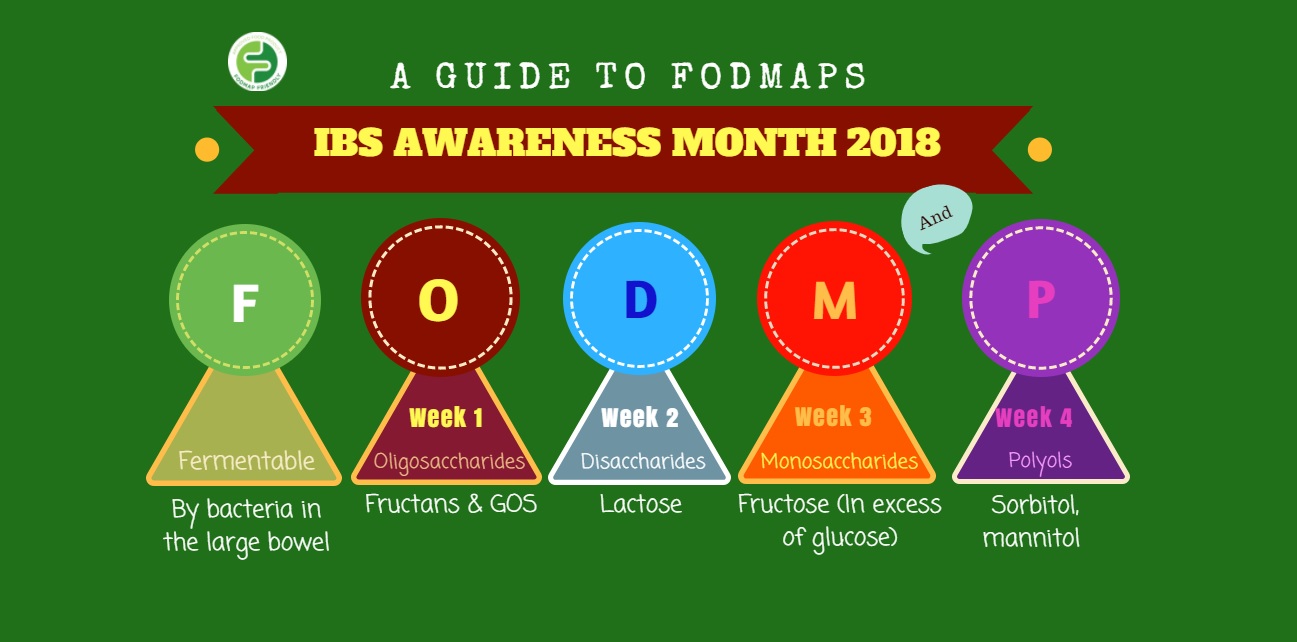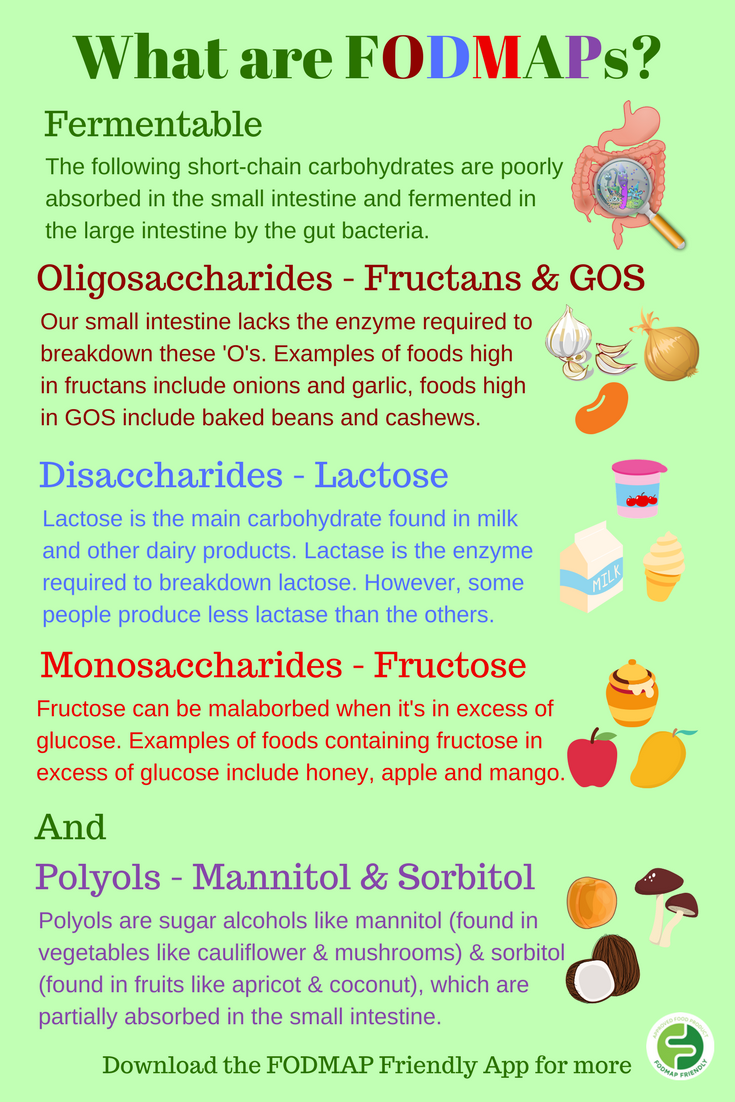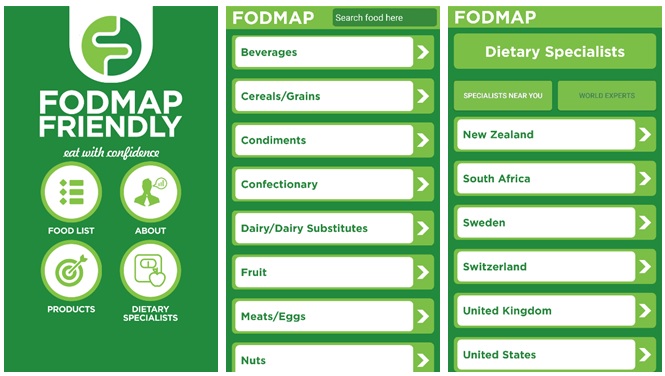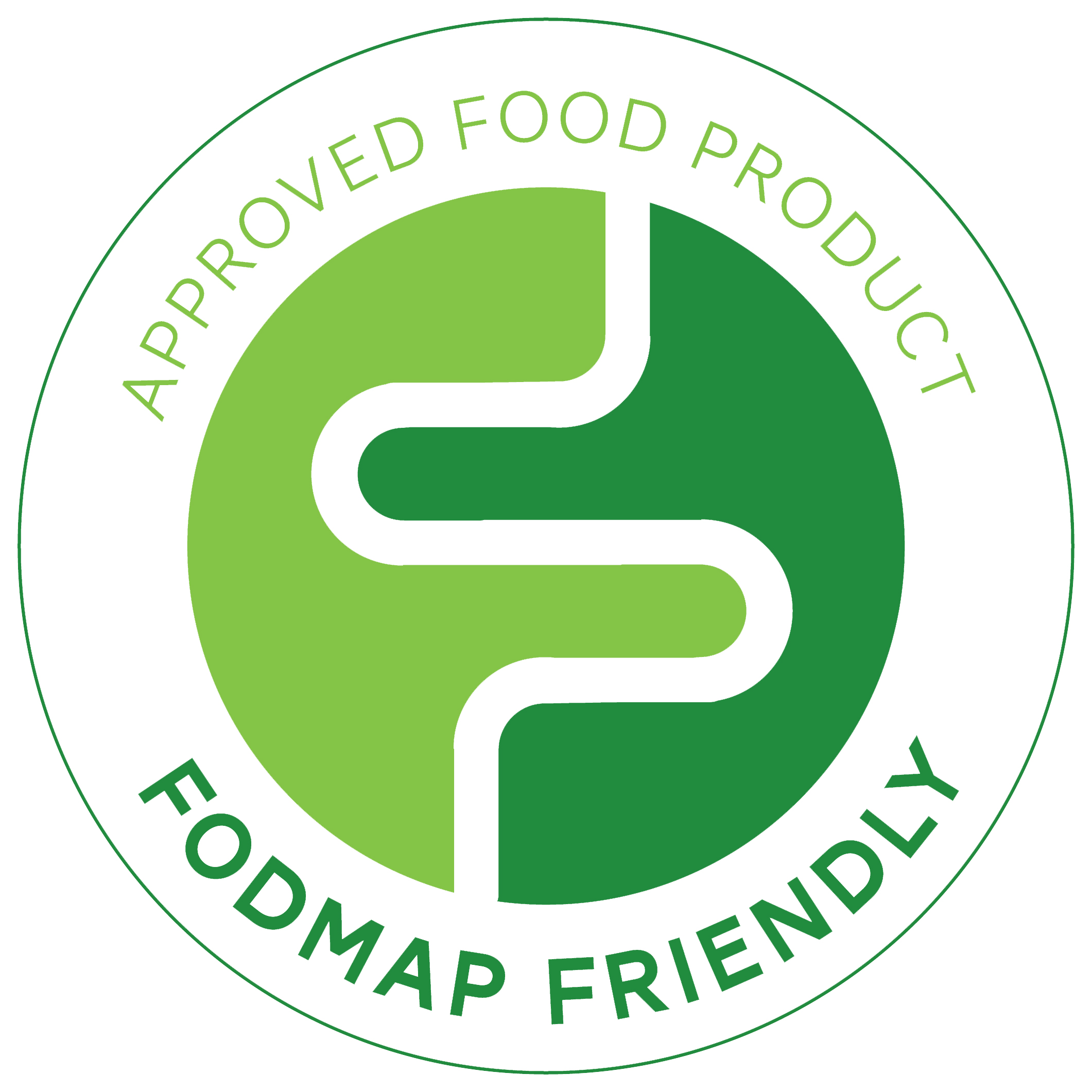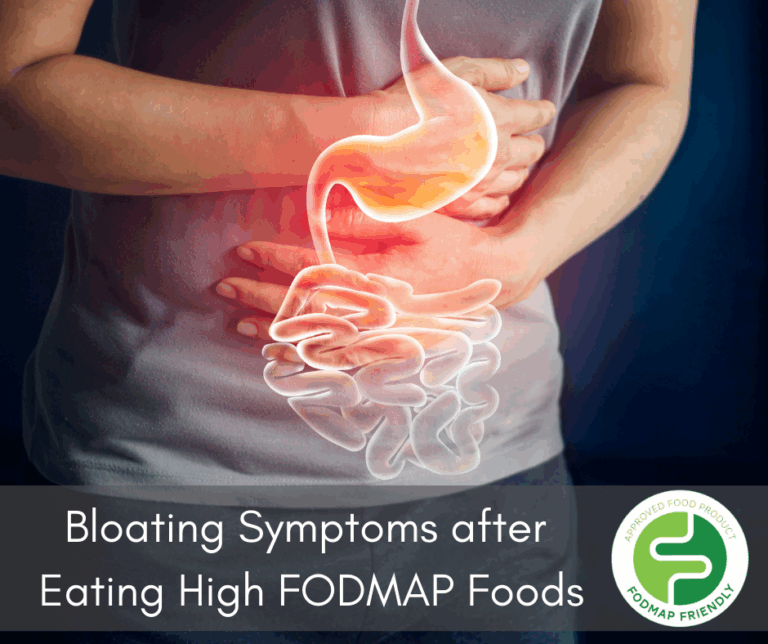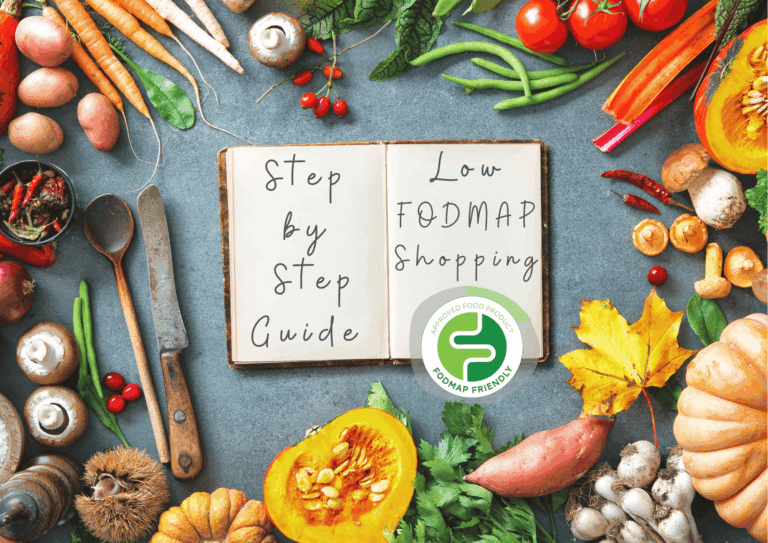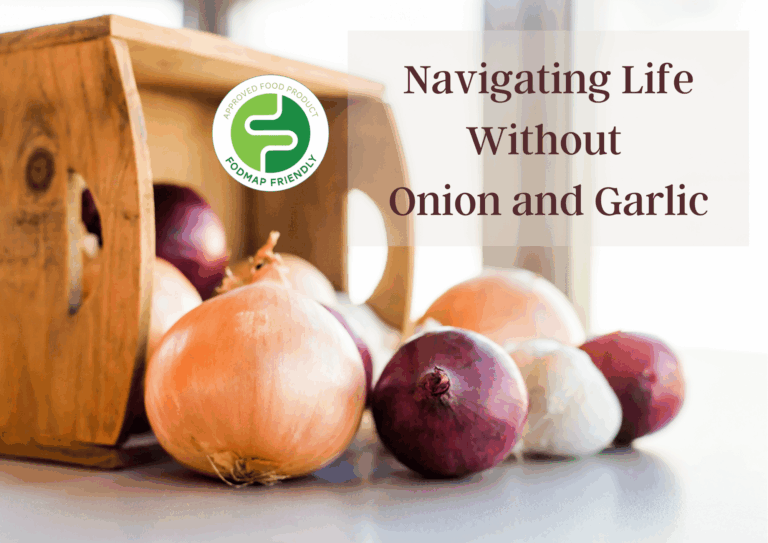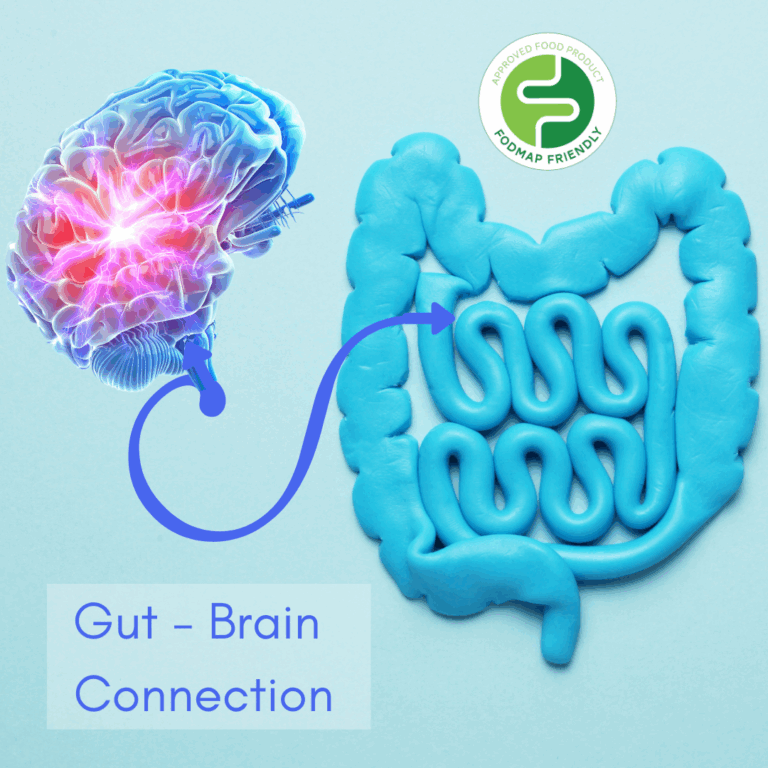IBS Awareness Month Round Up: A Reflection On The Month That Was
It’s nearly the end of IBS Awareness Month – But it’s never the end of raising awareness about IBS, and continuing to learn about low FODMAP foods & food products, you can eat with confidence.
We hope the last 8 blogs over the past 4 weeks have helped you understand the following:
- What Irritable Bowel Syndrome (IBS) is, and the populations commonly affected by the condition.
- How FODMAP subgroups can be malabsorbed in the gut and cause gastrointestinal symptoms in people with IBS.
- Which foods FODMAPs are found in, and the safe low FODMAP alternatives available to help you eat with confidence.
This final blog will summarise everything you’ve learnt about FODMAPs, and how FODMAP Friendly can help make your low FODMAP diet enjoyable and sustainable, beyond IBS Awareness Month!
About IBS
Around 1 in 7 people worldwide develop IBS at some stage. It is a disorder in which a person experiences chronic, relapsing abdominal pain or discomfort. Symptoms may include; constipation, diarrhoea, bloating, excessive wind, cramping or a combination of these and can vary within and between individuals. In some people, it can also cause stress and fatigue.
People with IBS symptoms are strongly advised to not self-diagnose and to seek medical advice to rule out the possibilities of having inflammatory bowel disease, coeliac disease and lactose intolerance, cancer, bowel infections and other conditions.
To date, a low FODMAP diet has shown to be effective in relieving IBS-type symptoms, with up to 70% of patients experiencing symptom relief.
What are FODMAPs?
‘FODMAP‘ is an acronym which stands for Fermentable Oligosaccharides, Dissacharides, Monosaccharides And Polyols; names of groups of poorly-absorbed short-chain carbohydrates, including galacto-oligosaccharides (GOS), fructans, lactose, fructose (in excess of glucose) and sugar alcohols, like mannitol & sorbitol.
The infographic below summarises the different FODMAP groups. Click on the image to learn more about them if you missed our first blog:
Understanding FODMAPs – A Summary
If you happened to missed our weekly blogs dedicated to learning about each of the FODMAPs, you can find the links to learn more about them now.
Oligosaccharides – Fructans & GOS
Monosaccharides – Fructose (in excess of glucose)
If you have been diagnosed with IBS, it is highly recommended that you consult an Accredited Practising Dietitian or a Registered Dietitian to ensure you receive appropriate personalised advice while following a low FODMAP diet.
There are 3 phases of the Low FODMAP Diet which involve a complete elimination of all FODMAPs for 2-6 weeks before challenging individual FODMAP subgroups and a combination of FODMAPs. Your Dietitian will then help develop an individualised, modified low FODMAP diet plan based on individual tolerances and nutritional needs.
You can find out more at: https://www.fodmapdietetics.com/blog-posts/
FODMAP Friendly Certified products can be great choices to incorporate into meals throughout Phases 1 to 3 of the low FODMAP diet.
The FODMAP Friendly App
The FODMAP Friendly App will make your food choices easier while following a Low FODMAP Diet! It contains everything about FODMAPs and the foods that they are found in, information about FODMAP Friendly Certified products, and the listings of FODMAP Specialised Dietitians from all around world.
For most of the foods tested, the percentages of each FODMAP subgroups are listed which help you add up the FODMAP content in each of the food you eat at a time.
Check out this blog about FODMAP Stacking, where dietitians can help patients calculate their individual FODMAP tolerance thresholds: https://fodmapfriendly.com/blog-posts/post/the-fodmapper-fod-stacker-is-here/.
You can also use the FOD-Stacker to help you calculate your own individual FODMAP tolerance thresholds, but make sure that before you make any changes to your diet, you discuss them with your FODMAP expert dietitian.
You’re not alone
With FODMAP Friendly Certified products available at a supermarket near you and also online, the assistance of the FODMAP Friendly App and your FODMAP Expert Dietitian, following a low FODMAP diet can be individualised, enjoyable, and can contain a variety of delicious foods to suit your needs.
Eat with Confidence!
Written by: Flora Cheung (APD, AN)
Edited by: Atlanta Miall-Shorten, (APD, AN, AccSD)

